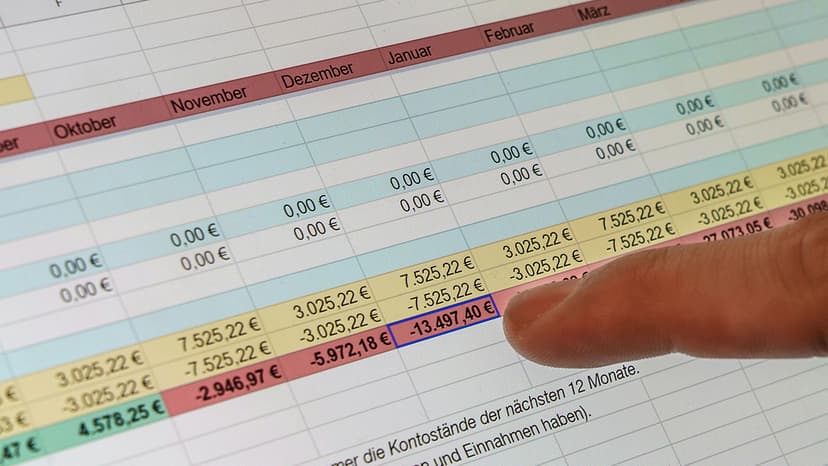Group Task Management: Streamlining Collaboration and Productivity
Effective task management is important for any group or team to reach their goals efficiently. Coordinating tasks and responsibilities can be challenging without the right tools. This article discusses the significance of group task management and outlines strategies and technologies that can enhance collaboration and productivity.
The Need for Group Task Management
When teams work on a project, they can easily become overwhelmed with tasks, deadlines, and dependencies. Without organization and communication, teams may face delays, missed deadlines, and confusion. Group task management provides a framework that helps teams stay organized, allocate responsibilities, and track progress effectively.
Implementing Task Management Systems
To streamline group task management, organizations can use various tools and software applications. These tools offer a central platform for team members to collaborate, assign tasks, monitor progress, and communicate effectively. Here are two popular task management systems:
-
Asana
- Asana is a widely used project and task management platform that helps teams manage their workloads efficiently. It features task assignment, deadline setting, progress tracking, and file sharing. Asana's user-friendly interface and integration with other tools make it valuable for group task management.
-
Trello
- Trello is a visual task management tool that uses boards, lists, and cards to represent tasks and their statuses. It allows teams to create custom workflows, assign tasks, set due dates, and collaborate in real-time. Trello's simplicity makes it a popular choice for teams looking for an easy-to-use solution.
Effective Group Task Management Strategies
Using task management systems is important, but adopting effective strategies can further optimize group task management. Here are some strategies to consider:
-
Clear Goal Setting: Define the project's objectives and break them into smaller, manageable tasks. This gives team members a clear understanding of their responsibilities and helps prioritize their work.
-
Regular Communication: Foster open communication among team members. Tools like email or project management platforms allow for quick and efficient conversations, enabling effective collaboration.
-
Task Prioritization: Help team members prioritize tasks by identifying critical and time-sensitive assignments. Focusing on high-priority tasks first ensures important deadlines are met.
-
Delegation and Empowerment: Distribute tasks based on team members' skills and strengths. Empower individuals by allowing them ownership of their tasks, fostering accountability and motivation.
-
Progress Monitoring: Regularly track task progress to identify bottlenecks and address any issues. Task management tools often provide visual representations of progress, making it easier to monitor and evaluate performance.
Implementing these strategies and utilizing task management systems can help teams streamline their workflows, improve collaboration, and boost overall productivity.
Effective group task management is key to achieving project goals efficiently. Leveraging task management systems like Asana and Trello, along with adopting strategies such as goal setting, regular communication, task prioritization, delegation, and progress monitoring, enables teams to overcome challenges and deliver successful outcomes. These tools and strategies allow teams to work cohesively, meet deadlines, and enhance productivity.












